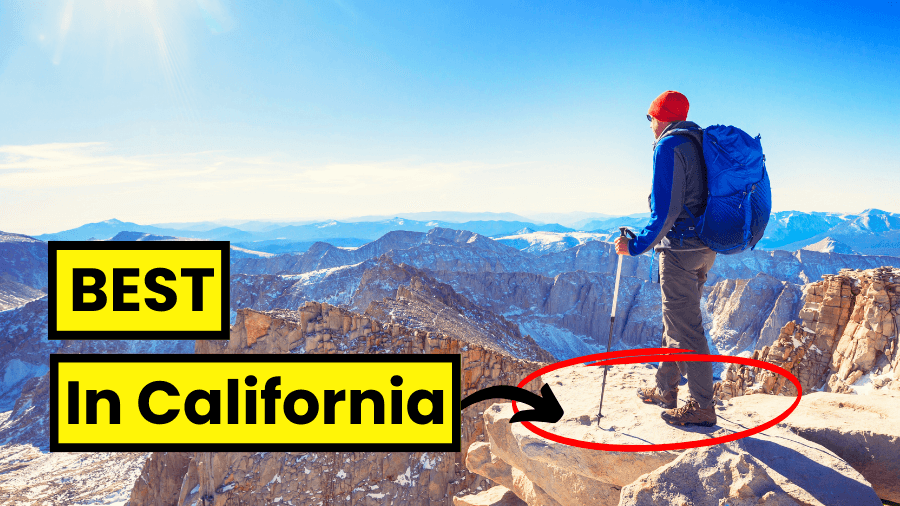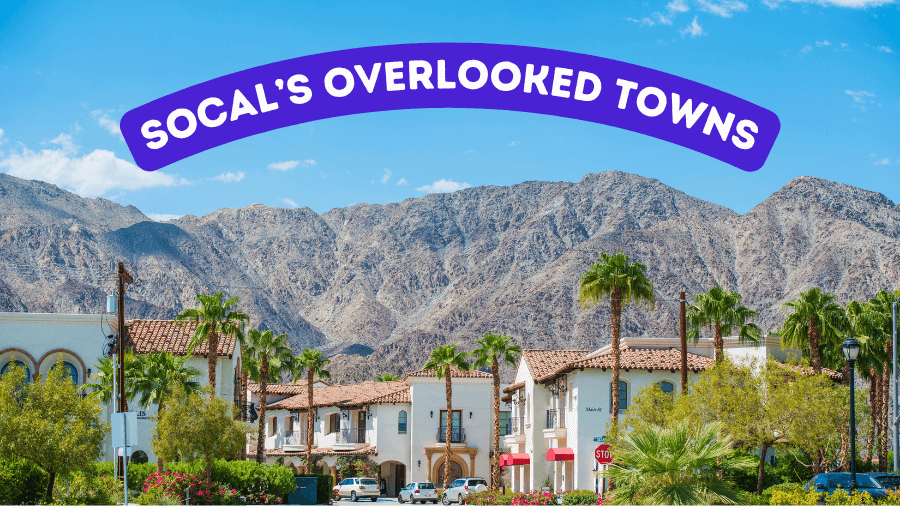Serene lakes, snow-capped mountains and volcanoes.
California’s peaks have got it going on for sure and they’re some of the best viewpoints in all of California.
But which one is the grandest of them all?
And can YOU actually climb these titans of nature?
Let’s find out.
I think you might be surprised at some of this information. 🤯
We’re starting from the 5th tallest peak and working our way up in ascending order…
1. Mount Shasta: The Majestic Volcano
Elevation:
Mount Shasta towers into the sky at 14,179 feet, making it the fifth-highest peak in California and a prominent feature in the state’s landscape.
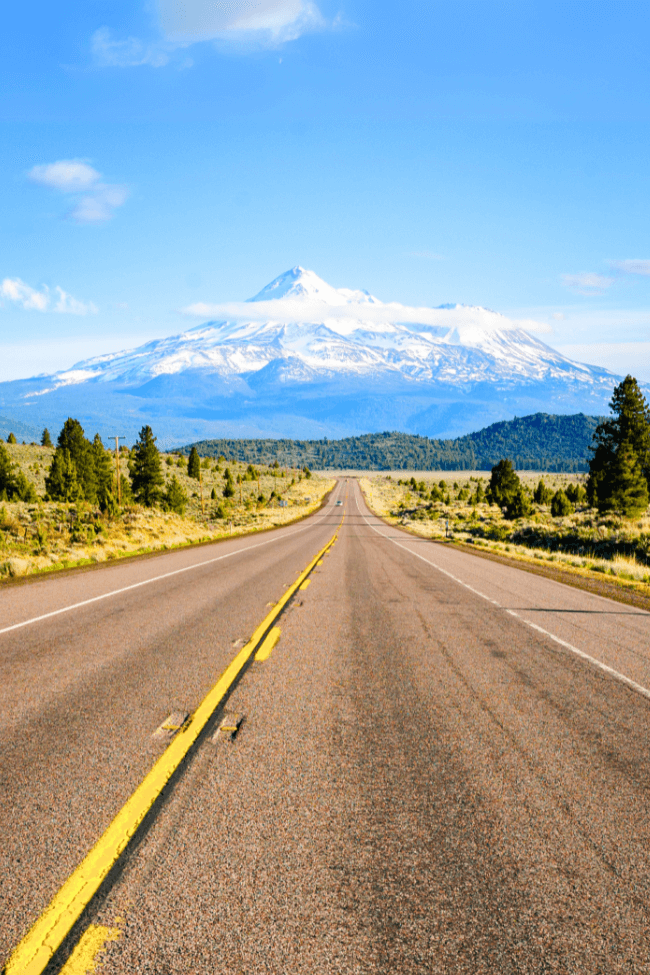
Location:
This isolated volcano is part of the Cascade Range in northern California and is known for its breathtaking beauty and spiritual significance.
Popular Routes:
Avalanche Gulch is the most popular and straightforward route.
It offers a mix of hiking and mountaineering, making it accessible to a broader range of climbers.
Difficulty:
While some routes like Avalanche Gulch are non-technical, they still require good fitness and acclimatization to altitude.
Other routes on Mount Shasta can be quite technical and demanding.
It’s definitely no walk in the park.
It’s actually known to be a bit more difficult than the tallest mountain on this list.
How Long Does the Climb Take?
Most climbers take 2-3 days to ascend and descend Mount Shasta, allowing time for acclimatization and enjoying the majestic views.
Best Time to Climb:
Late spring to early summer is the best time to attempt Mount Shasta.
This period offers the most favorable weather and snow conditions for climbing.
Permits and Regulations:
Climbers need a wilderness permit and a summit pass.
It’s important to check current conditions and regulations before your trip, as Mount Shasta’s weather can be unpredictable.
See more information here:
Interesting Fact:
Mount Shasta is not just a physical marvel; it’s also shrouded in mystique, often associated with legends and considered a spiritual site by many.
Some people believe it to be a vortex of psychic energy, and others claim it’s home to a hidden city beneath its surface, inhabited by advanced beings from the lost continent of Lemuria.
2. North Palisade: The Mountaineer’s Dream
Elevation:
North Palisade proudly stands at 14,242 feet, marking it as the 4th highest peak in California.
Location:
Snuggled within the heart of the Sierra Nevada, North Palisade is a centerpiece of the rugged Palisades group of peaks.
In fact it’s not the only peak from the Sierra Nevada that has made this list.
Popular Routes:
The most famed route is the U-Notch Couloir, a challenging and technical climb that draws seasoned mountaineers.
This isn’t your average hiking trail; it’s a true climbing experience.
Difficulty:
North Palisade is known for its technicality.
Climbers here will encounter steep, icy, and rocky terrain.
It’s definitely a test of climbing skills and not recommended for beginners (seriously, don’t try it if you’re not experienced).
How Long Does the Climb Take?
Climbing North Palisade typically involves a multi-day excursion, often 2-3 days, depending on the route and conditions.
Best Time to Climb:
The ideal climbing season is from late spring to early fall.
This is when the conditions are most stable, though climbers should always be prepared for sudden weather changes.
Permits and Regulations:
A wilderness permit is required for overnight trips.
Day hikers are also encouraged to check for any permit requirements.
Some more information:
Interesting Fact:
North Palisade is considered by many to be the most challenging and prestigious peak to climb in the Sierra Nevada, known for its striking ridges and sheer beauty.
Are you up for the challenge of North Palisade?
If you are an experienced climber, this peak offers an unforgettable adventure and bragging rights like few others.
3. White Mountain Peak: A High-Altitude Haven
Elevation:
Reaching up to 14,252 feet, White Mountain Peak stands as the third-highest (by only 10 feet!) mountain in California.
It’s a remarkable destination for those who love heights.
Location:
This peak is unique because it’s located in the White Mountains, east of the Sierra Nevada.
It’s an area known for its distinct landscape and ancient bristlecone pines.
Popular Routes:
The standard route to the summit is a straightforward, non-technical hike.
It’s a long but clear path, making it accessible to most hikers who are prepared for the distance and elevation.
Difficulty:
White Mountain Peak offers a less strenuous climb compared to many other high peaks.
The trail is long but generally gradual, making it a great choice for those new to high-altitude hiking.
How Long Does the Hike Take?
The round trip is about 15 miles and typically takes about 8-10 hours, depending on your pace.
Best Time to Climb:
Summer and early fall are the best times to visit White Mountain Peak.
During these months, the weather is most favorable, and the road to the trailhead is usually clear of snow.
Always check the weather in advance though and be ready for changes.
Permits and Regulations:
Good news!
You don’t need a special permit for day hikes.
However, always check current conditions and regulations before your trip as things could change.
See more information:
Interesting Fact:
Apart from its height, White Mountain Peak is renowned for the Ancient Bristlecone Pine Forest.
These trees are some of the oldest living organisms on Earth, making your hike not just a physical journey, but a walk through history.
4. Mount Williamson: A Hidden Gem in the Sierra Nevada
Elevation:
Standing proudly at 14,379 feet, Mount Williamson is the second-highest peak in California.
It’s a bit shy of the number one spot’s height but boasts its own unique challenges.
Location:
Nestled in the Sierra Nevada, close to the tallest mountain on this list, it’s a giant that’s often overlooked but totally worth the visit.
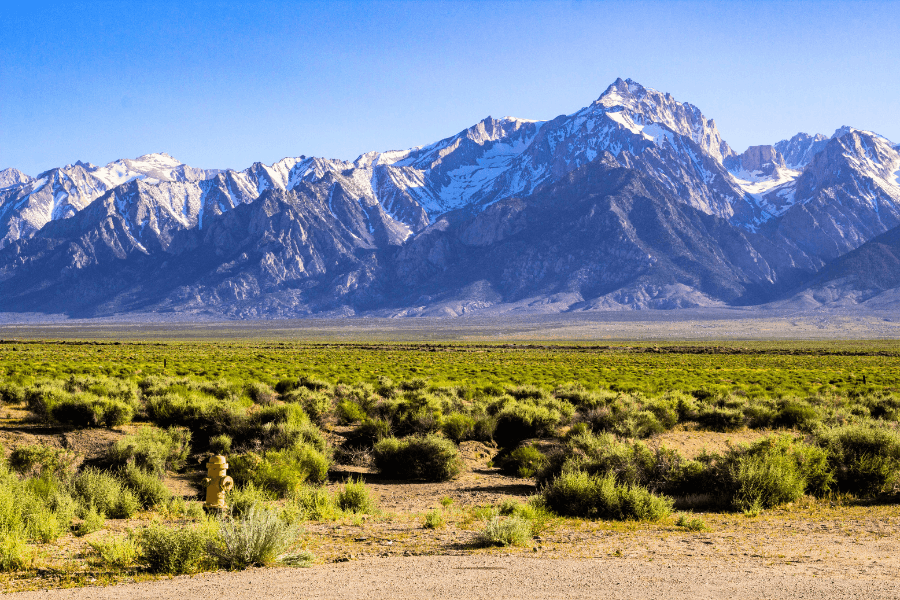
Popular Routes:
One common route is the West Face using Shepherd’s Pass.
It offers a more solitary experience for those seeking quiet adventure compared to other peaks in the Sierra Nevada.
Difficulty:
Mount Williamson is known for its rugged terrain and not for the inexperienced climber.
The climb is more challenging than nearby Mount Whitney, with some scrambling and route-finding required.
How Long Does the Hike Take?
It’s generally a two-day adventure for most hikers.
You’ll likely want to camp overnight to fully enjoy the experience and manage the challenging terrain.
Best Time to Climb:
Late spring through early fall is the ideal time to climb Mount Williamson.
This period offers the most stable weather conditions and clearer trails.
Permits and Regulations:
You’ll need a permit for Mount Williamson.
It’s important to plan ahead and secure your spot.
Interesting Fact:
You can sometimes find the endangered Sierra Nevada bighorn sheep on the lower slopes of Mount Williamson.
5. Mount Whitney: The Sky-High Adventure
Ready to hear about the tallest kid on the block?
Yep, I’m talking about Mount Whitney, the big daddy!
Elevation:
Standing tall at 14,505 feet, it’s not just the highest peak in California, but the entire lower 48 states.
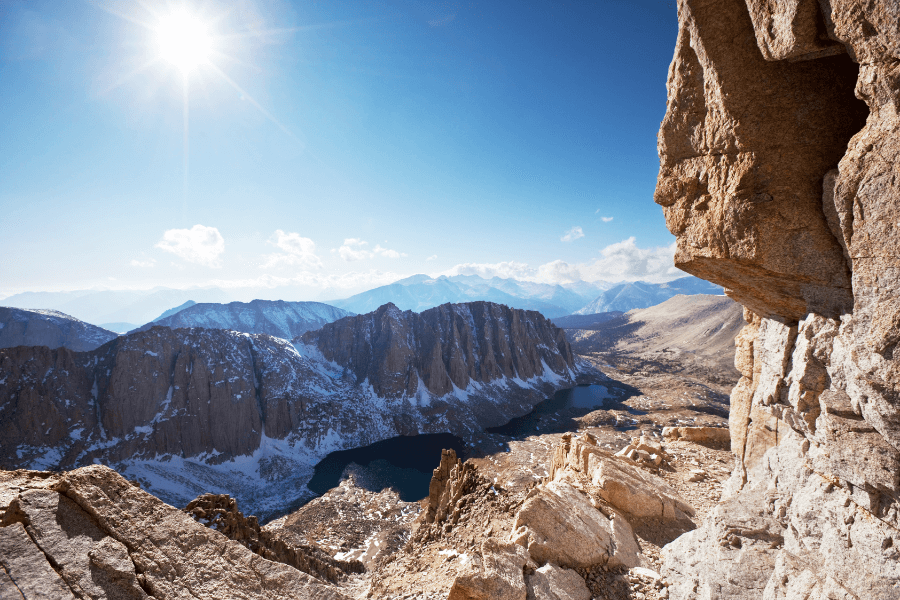
Location:
Located in the beautiful Sierra Nevada range, Mount Whitney is like a magnet for hikers and climbers.
Popular Routes:
The most popular path to the top is the Whitney Trail.
It’s about 22 miles round-trip.
Difficulty:
The trail is tough but doable, kind of like a long, epic walk that tests your endurance.
Even though it’s the tallest peak it’s known to be easier than
But definitely not for beginners.
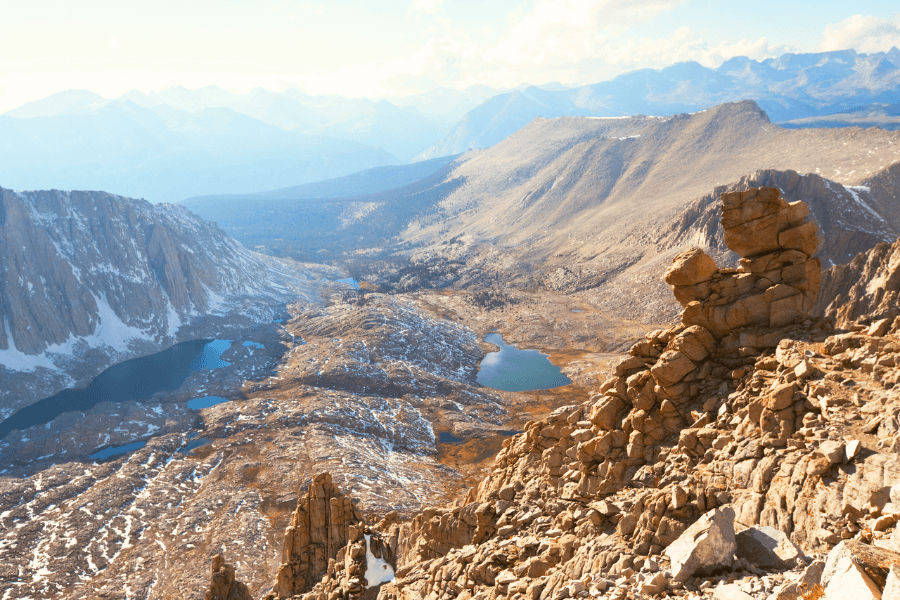
How Long Does the Hike Take?
The hike can take anywhere from 12 to 16 hours for a round trip, depending on your pace.
Some hikers even choose to camp overnight.
Best Time to Climb:
The best time to climb Mount Whitney is from late spring to early fall.
During this period, the weather is most stable and the trail is usually clear of snow.
Permits and Regulations:
Mount Whitney is super popular, so you need a permit to hike.
See more information:
Interesting Fact:
While Mount Whitney is the highest peak in the contiguous United States, it’s less than HALF the height of Mt. Everest which stands at over 29,000 feet! 🤯
FAQs About Climbing California’s Highest Peaks
Q: What is the difference between a technical and a non-technical climb?
A: A non-technical climb usually involves standard hiking or walking up a trail and doesn’t require specialized climbing gear or advanced climbing skills. On the other hand, a technical climb involves more challenging terrain where you might need equipment like ropes, harnesses, ice axes, and climbing skills to navigate steep, icy, or rocky sections.
Q: Do I need a permit to climb these peaks?
A: Yes, for most of these peaks, you will need a permit. Mount Whitney, Mount Shasta, and other popular mountains have permit systems to manage the number of climbers and minimize environmental impact. It’s crucial to check the specific permit requirements for each mountain before planning your trip.
Q: What is the best time of year to climb these mountains?
A: Generally, late spring to early fall is the best time to climb these mountains. However, the ideal time can vary depending on the specific mountain and weather conditions. Summer months usually offer the most stable weather, but always check local conditions and forecasts.
Q: How should I prepare for high-altitude climbing?
A: High-altitude climbing requires physical fitness and acclimatization to avoid altitude sickness. It’s advisable to train beforehand for endurance and strength, stay hydrated, and acclimatize gradually. Also, packing appropriate gear for changing weather conditions is essential.
Q: Are these climbs suitable for beginners?
A: Some peaks like White Mountain Peak and parts of Mount Whitney are suitable for fit beginners. However, peaks like North Palisade and certain routes on Mount Shasta are more suited for fit and experienced climbers due to their technical nature. Always assess your skill level and experience before attempting these climbs.
Q: What should I do in case of an emergency while climbing?
A: It’s important to carry a basic first-aid kit and a means of communication, like a fully charged mobile phone or a satellite communicator. Inform someone about your climb and expected return. In case of an emergency, stay calm, seek a safe location, and call for help.

